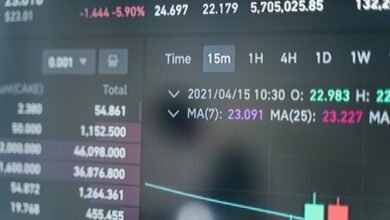6948258351 Mobile Number Breakdown: Tracing Call Sources

The mobile number 6948258351 presents an interesting case for analysis within telecommunications. Its structure reveals patterns that can aid in identifying the source and legitimacy of calls. Understanding the potential origins and common scams linked to this number is crucial for consumers. Awareness of these factors can significantly enhance personal security. As we explore the implications of this number further, the nuances of unwanted call management will come into focus.
Origin of the Number 6948258351
The origin of the mobile number 6948258351 can be traced through several telecommunications frameworks that define how numbers are assigned and structured.
Number analysis reveals specific patterns in allocation, ensuring efficient caller identification.
This number, like others, adheres to regulatory standards that facilitate user recognition and connectivity, ultimately contributing to a more liberated communication environment where individual identities can be discerned and respected.
Common Scams Associated With This Number
While many mobile numbers can be associated with legitimate communication, 6948258351 has been linked to various scams that exploit unsuspecting users.
Common scam techniques include impersonation of trusted organizations, where caller tactics create a sense of urgency, prompting victims to divulge personal information.
Awareness of these deceptive practices is crucial for individuals seeking to maintain their privacy and security against such fraudulent activities.
How to Handle Unwanted Calls
Handling unwanted calls requires a strategic approach to minimize disruptions and protect personal information.
Implementing call blocking features on smartphones can effectively reduce the frequency of these intrusive communications. Additionally, utilizing do-not-disturb settings and screening calls can further enhance privacy.
Reporting and Blocking the Caller
Reporting and blocking unwanted callers is essential for safeguarding personal privacy and reducing disturbances.
Utilizing caller identification techniques allows individuals to discern unwanted contacts, facilitating informed decisions. Effective blocking methods, such as smartphone settings or third-party applications, can mitigate further intrusions.
Conclusion
In the labyrinth of telecommunications, the number 6948258351 serves as a beacon, illuminating both legitimate connections and potential threats. By dissecting its origins and recognizing the common scams that accompany it, individuals can fortify their defenses against unwanted intrusions. Navigating this digital landscape requires vigilance and proactive measures, such as reporting and blocking suspicious callers, ensuring that the line between security and vulnerability remains firmly intact. In this age of connectivity, knowledge is the key to safeguarding one’s privacy.





